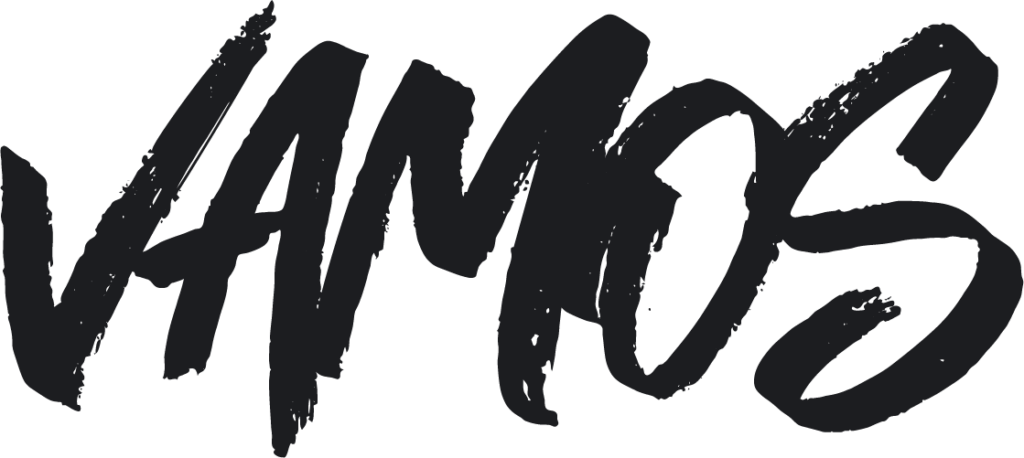Aha Moment
A few years ago, I found myself sitting in a hotel lobby in Austin, staring at a spreadsheet, a Slack thread, and a Google Form, trying to coordinate flights for a 8-person leadership team across three time zones. We were planning our first in-person retreat since going fully remote, and what should’ve been an exciting project quickly spiraled into logistical chaos.
People had different availability, wildly different travel costs, dietary needs, and opinions on what we should actually do when we got there. I wasn’t the office manager or the EA. I was the Head of People. But like many others at early-stage startups, the retreat planning baton got passed to whoever was “organized enough” to run with it.
And I get it- retreats matter. In a distributed world, they’re the few moments where everything clicks: connection, clarity, collaboration. But getting there? That’s where it all breaks down.
Business Travel is Changing Fast
When we think about “business travel,” our minds usually jump to solo travel: the sales rep flying out for a client pitch, the exec attending a conference, the consultant living out of a suitcase. But that’s no longer the full picture.
The new face of business travel is team-based, intentional, and increasingly personal.
More than 60% of knowledge workers are now hybrid or remote, and in response, companies are shifting budget away from permanent office space and reallocating it toward in-person gatherings. According to TravelPerk, companies are spending more than $25,000 annually on offsites, and that number is climbing.
But there’s another layer to this shift: we’re no longer separating business and leisure like we used to.
Enter the Bleisure Era
Bleisure, yes, that word that sounds like a typo, is here, and it’s growing fast. Blending business and leisure travel is no longer a perk; it’s an expectation. People are extending work trips by a few days to explore the city, invite their partners, or simply take a breath after a jam-packed planning session.
I’ve seen this firsthand. After one retreat we planned in Santa Fe, half the team stayed the weekend. Some rented bikes, others hit local wineries, a few booked Airbnb experiences. These weren’t “vacation days”—they were extensions of a really energizing, in-person work week. And it stuck with them.
Bleisure travel is projected to reach $497 billion by 2032, and a lot of that growth is coming from distributed teams who view travel not just as a business need, but as a cultural one.
Group Travel: Complex, But Critical
Of course, group travel is messy. Anyone who’s tried to align calendars for a 10-person meeting knows how tough it is…..
now imagine doing that for a multi-day trip with flights, lodging, meals, and agendas involved.
What I realized after planning a handful of these is that most travel tools aren’t designed for teams. They’re built for solo travelers or corporate travel managers booking on behalf of execs, not a Head of Product trying to organize an offsite while juggling roadmap planning.
The problem wasn’t travel. It was coordination.
Why We Built Vamos
This realization is what pushed me and my co-founder to build Vamos.
We didn’t want another retreat agency or templated agenda generator. We wanted a smart platform that makes group travel feel less like a burden and more like what it’s supposed to be: energizing, efficient, and fun. A tool that helps teams answer the real questions quickly:
- Where should we meet?
- When can everyone go?
- What can we afford?
- What should we do?
Vamos uses AI to recommend ideal destinations based on your team’s location, preferences, and budget. It helps you poll for availability, compare travel costs, and align fast—no spreadsheets, no scattered threads.
Because the future of business travel isn’t solo. It’s social. And it deserves better tools.


Leave a Reply